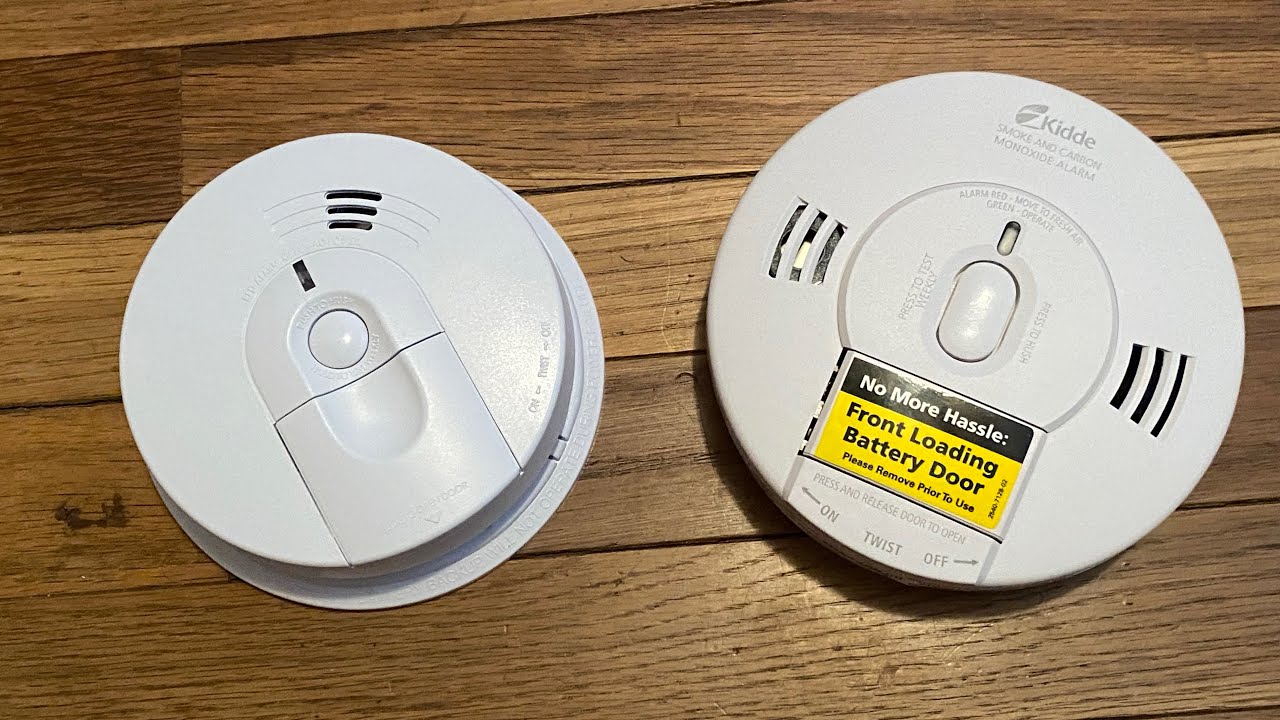

Articles
How To Get A Free Carbon Monoxide Detector
Modified: December 7, 2023
Learn how to get a free carbon monoxide detector through these informative articles. Protect your home and loved ones from this silent killer.
(Many of the links in this article redirect to a specific reviewed product. Your purchase of these products through affiliate links helps to generate commission for Storables.com, at no extra cost. Learn more)
Introduction
Welcome to the world of carbon monoxide detectors – a small device that can potentially save lives. Carbon monoxide (CO) is a colorless, odorless, and tasteless gas that can be deadly if inhaled in high concentrations. It is produced by the incomplete combustion of fuels such as gasoline, natural gas, propane, and wood. Common sources of carbon monoxide in homes include faulty heating systems, blocked chimneys, and malfunctioning appliances.
Considering the potential danger associated with carbon monoxide poisoning, it is crucial to have a carbon monoxide detector installed in your home. These devices are designed to detect the presence of carbon monoxide in the air and emit an audible alarm to alert occupants to the potential danger.
In this article, we will explore the importance of having a carbon monoxide detector, factors to consider when choosing one, and most importantly, various methods to obtain a free carbon monoxide detector.
Key Takeaways:
- Protect your home and loved ones from carbon monoxide poisoning by exploring free carbon monoxide detector options through local fire departments, government assistance programs, and community outreach initiatives.
- Stay proactive in acquiring a free carbon monoxide detector by participating in promotions, giveaways, and seeking assistance from non-profit organizations. Prioritize home safety and well-being with these accessible methods.
Read more: How To Replace A Carbon Monoxide Detector
Why is a carbon monoxide detector important?
A carbon monoxide detector is an essential safety device that can protect you and your family from the dangers of carbon monoxide poisoning. Here’s why it is important to have one:
- Early detection: Carbon monoxide is a silent killer since it is odorless and tasteless. It is impossible to detect its presence without a detector. By having a carbon monoxide detector, you will receive an early warning if carbon monoxide levels in your home reach dangerous levels.
- Prevent illness and fatalities: Carbon monoxide poisoning can cause symptoms such as headaches, nausea, dizziness, confusion, and even loss of consciousness. In severe cases, it can be fatal. Having a detector can help you take immediate action, such as ventilating your home or evacuating if necessary, to prevent illness or fatalities.
- Peace of mind: Knowing that you have a carbon monoxide detector installed in your home provides peace of mind. It ensures that you and your loved ones are protected from the harmful effects of carbon monoxide.
- Compliance with safety regulations: In many jurisdictions, it is mandatory to have carbon monoxide detectors installed in residential properties. By having a detector, you comply with local safety regulations and avoid potential legal consequences.
Now that we understand the importance of having a carbon monoxide detector, let’s explore the factors to consider when choosing one.
Key Takeaways:
- Protect your home and loved ones from carbon monoxide poisoning by exploring free carbon monoxide detector options through local fire departments, government assistance programs, and community outreach initiatives.
- Stay proactive in acquiring a free carbon monoxide detector by participating in promotions, giveaways, and seeking assistance from non-profit organizations. Prioritize home safety and well-being with these accessible methods.
Read more: How To Replace A Carbon Monoxide Detector
Why is a carbon monoxide detector important?
A carbon monoxide detector is an essential safety device that can protect you and your family from the dangers of carbon monoxide poisoning. Here’s why it is important to have one:
- Early detection: Carbon monoxide is a silent killer since it is odorless and tasteless. It is impossible to detect its presence without a detector. By having a carbon monoxide detector, you will receive an early warning if carbon monoxide levels in your home reach dangerous levels.
- Prevent illness and fatalities: Carbon monoxide poisoning can cause symptoms such as headaches, nausea, dizziness, confusion, and even loss of consciousness. In severe cases, it can be fatal. Having a detector can help you take immediate action, such as ventilating your home or evacuating if necessary, to prevent illness or fatalities.
- Peace of mind: Knowing that you have a carbon monoxide detector installed in your home provides peace of mind. It ensures that you and your loved ones are protected from the harmful effects of carbon monoxide.
- Compliance with safety regulations: In many jurisdictions, it is mandatory to have carbon monoxide detectors installed in residential properties. By having a detector, you comply with local safety regulations and avoid potential legal consequences.
Carbon monoxide is often referred to as the “silent killer” because it can accumulate without warning, leading to serious health risks. The gas can build up in enclosed spaces like homes and apartments, especially during the colder months when heating systems are used more frequently. Without a carbon monoxide detector, identifying its presence is nearly impossible.
Early detection is key when it comes to carbon monoxide poisoning. By having a carbon monoxide detector, you gain a crucial advantage in protecting yourself and your family in the event of a leak. The detector will sound an alarm before the gas reaches dangerous levels, allowing you to take immediate action. This could mean opening windows and doors to ventilate your home or evacuating until the issue is resolved.
Carbon monoxide poisoning symptoms are often mistaken for other illnesses, as they can mimic the flu or common cold. Headaches, nausea, dizziness, confusion, and fatigue are common signs of carbon monoxide exposure. If left untreated, it can lead to unconsciousness and even death. By having a detector, you can quickly identify the cause of these symptoms and take appropriate action to prevent serious harm.
Having a carbon monoxide detector installed in your home provides peace of mind. It acts as a constant guardian, monitoring the air for potential threats. Whether you’re at home or away, knowing that the detector is keeping you and your loved ones safe from a hidden danger offers a sense of security.
Additionally, many jurisdictions have enacted laws that require the installation of carbon monoxide detectors in residential properties. By complying with these safety regulations, you not only protect yourself and your family but also ensure that you are in good standing with local authorities.
Overall, a carbon monoxide detector is a crucial safety device that every home should have. Its early detection capabilities, ability to prevent illness and fatalities, provision of peace of mind, and compliance with safety regulations make it an essential investment in protecting your well-being.
Factors to consider when choosing a carbon monoxide detector
When it comes to selecting a carbon monoxide detector for your home, there are several important factors to consider. These factors will help ensure that you choose a detector that is suitable for your specific needs and provides reliable protection against carbon monoxide. Here are the key factors to consider:
- Power source: Carbon monoxide detectors can be powered by batteries, AC power, or a combination of both. Battery-powered detectors offer flexibility in terms of placement and are not affected by power outages. On the other hand, AC-powered detectors are typically hardwired into your home’s electrical system and may require professional installation.
- Sensor type: There are two main types of sensors used in carbon monoxide detectors: electrochemical and biomimetic. Electrochemical sensors are more accurate and responsive but tend to be more expensive. Biomimetic sensors, while generally less expensive, are still reliable and suitable for most residential applications.
- Alarm type: Carbon monoxide detectors can have different alarm types, including audible alarms, visual alarms, or both. Audible alarms emit a loud sound to alert occupants, while visual alarms use flashing lights to indicate a potential carbon monoxide threat. Some detectors may also have voice alerts for added convenience and awareness.
- Display: Detectors with digital displays provide real-time carbon monoxide levels and may also display other information such as battery status and alarm history. This information can be valuable in assessing the severity of the situation and taking appropriate actions.
- Interconnectivity: Some carbon monoxide detectors can be interconnected with each other and with smoke detectors. This means that if one detector detects carbon monoxide or smoke, all interconnected detectors will sound an alarm, providing enhanced safety throughout your home.
- Ease of installation and use: Consider the installation and usability features of the detector. Look for detectors that come with clear instructions and are easy to mount on walls or place on tabletops. Some detectors may also offer additional features such as test buttons, silence buttons, and low battery indicators for added convenience.
- Certifications and standards: Ensure that the carbon monoxide detector you choose meets recognized safety standards and certifications, such as UL (Underwriters Laboratories) or CSA (Canadian Standards Association). These certifications ensure that the detector has undergone rigorous testing and meets industry standards for reliability and performance.
It is important to note that carbon monoxide detectors have a finite lifespan and typically need to be replaced every 5-10 years. Be sure to check the manufacturer’s recommendations for the specific detector you choose.
By considering these factors, you can make an informed decision when selecting a carbon monoxide detector for your home. Remember, investing in a high-quality and reliable detector is essential for ensuring the safety and well-being of you and your loved ones.
Methods to get a free carbon monoxide detector
Obtaining a carbon monoxide detector doesn’t have to be a financial burden. There are several methods available that can help you acquire a free carbon monoxide detector to ensure the safety of your home. Here are five methods you can explore:
- Check with your local fire department or utility company: Many fire departments and utility companies offer free carbon monoxide detectors as part of their safety initiatives. Reach out to your local fire department or utility company to inquire about any programs or initiatives they have in place. They may provide free detectors or offer discounted prices during specific events or promotional periods.
- Look for government assistance programs: In some areas, local or state government agencies provide assistance programs aimed at improving home safety. These programs may include the provision of free or subsidized carbon monoxide detectors to households in need. Check with your local government or housing agencies to find out if there are any programs available in your area.
- Utilize community outreach programs: Non-profit organizations and community organizations often run outreach programs focused on home safety. These programs may include free distribution of carbon monoxide detectors to vulnerable or low-income households. Stay informed about community events, workshops, or safety fairs where such programs might be offered.
- Take advantage of promotions and giveaways: Keep an eye out for promotions, giveaways, and contests held by manufacturers, retailers, or even local media outlets. Sometimes, these promotions include the chance to win or receive free carbon monoxide detectors. Follow social media accounts, sign up for newsletters, or visit websites that regularly feature giveaways and promotions to increase your chances of finding an opportunity for a free detector.
- Seek assistance from non-profit organizations: Certain non-profit organizations, such as those focused on home safety or providing assistance to low-income individuals and families, may have resources available to distribute free carbon monoxide detectors. Contact local non-profit organizations in your area to inquire about any programs or initiatives they have for obtaining free detectors.
It’s important to be proactive and explore these methods to get a free carbon monoxide detector. The safety of your home and the well-being of your family should not be compromised due to financial constraints. By taking advantage of these opportunities, you can ensure that your home is equipped with a carbon monoxide detector, providing you with peace of mind and protection against this silent threat.
Remember, even if you obtain a free carbon monoxide detector, it is crucial to regularly test and maintain it to ensure optimal performance. Follow the manufacturer’s instructions for installation, testing, and battery replacement to keep your detector in good working condition.
By utilizing these methods and actively seeking opportunities to obtain a free carbon monoxide detector, you can prioritize the safety of your home and take a proactive approach to protect yourself and your loved ones from carbon monoxide hazards.
Read more: How To Test A Carbon Monoxide Detector
Option 1: Check with your local fire department or utility company
When it comes to obtaining a free carbon monoxide detector, one of the first options to explore is reaching out to your local fire department or utility company. These organizations often have programs in place to promote home safety and may provide free carbon monoxide detectors to residents in their service area.
Your local fire department is a valuable resource for information on fire safety and carbon monoxide prevention. They are dedicated to ensuring the well-being of the community and may have initiatives in place to distribute free carbon monoxide detectors. Contact your local fire department either by phone or through their website to inquire about any programs or events related to carbon monoxide safety. They can provide guidance on how to obtain a free detector or offer discounted prices during certain promotional periods.
In addition to the fire department, utility companies may also offer assistance in obtaining a free carbon monoxide detector. They understand the importance of home safety and may partner with manufacturers or community organizations to provide free detectors to their customers. Reach out to your utility provider and inquire about any programs or initiatives they have in place. They may have information on how to obtain a free detector or participate in safety education campaigns.
When contacting your local fire department or utility company, be prepared to provide some information such as your address and household size, as eligibility criteria may exist for their programs. They may prioritize distribution based on factors such as income level, age, or vulnerability, so it’s important to understand the specific requirements of the program in your area.
Remember, both the fire department and utility companies are committed to promoting community safety, and they have expertise in carbon monoxide prevention. In addition to providing free detectors, they can also offer valuable information on how to properly install, test, and maintain the detector, as well as educate you about the dangers of carbon monoxide and how to prevent exposure.
By checking with your local fire department or utility company, you can take advantage of the resources and programs they offer to acquire a free carbon monoxide detector. This is a proactive step towards safeguarding your home and ensuring the safety of your loved ones from the dangers of carbon monoxide poisoning.
Check with your local fire department or health department, as they often offer free carbon monoxide detectors to residents. Some utility companies also provide them for free or at a discounted rate.Option 2: Look for government assistance programs
If you are searching for a free carbon monoxide detector, one option to consider is exploring government assistance programs. Many local and state government agencies have initiatives in place aimed at improving home safety and providing assistance to residents in need. These programs may include the provision of free or subsidized carbon monoxide detectors.
Start by researching the housing or health departments in your local area. These departments are typically responsible for implementing government assistance programs related to home safety. Visit their websites or reach out to their offices to inquire about any programs available for obtaining a free carbon monoxide detector. They can provide information on eligibility criteria, application processes, and any upcoming events or campaigns focused on home safety.
In some cases, government assistance programs may prioritize distribution to individuals or households that meet certain criteria, such as low-income families, elderly residents, or individuals with disabilities. Be prepared to provide documentation or evidence of eligibility when applying for these programs.
Additionally, consider checking with regional or state-level government agencies that focus on public safety or emergency management. These agencies may have specific programs to address carbon monoxide safety and provide free detectors or vouchers for obtaining one at a reduced cost.
It’s important to be proactive and regularly check for updates on government assistance programs, as availability and eligibility criteria may change over time. Stay informed about any new initiatives or campaigns that may be introduced in your area, as they can provide opportunities to acquire a free carbon monoxide detector.
Government assistance programs not only help individuals and families obtain free carbon monoxide detectors but also contribute to raising awareness about carbon monoxide poisoning and the importance of prevention. They often provide educational resources and information to ensure that recipients understand how to properly install and maintain their detectors.
By exploring government assistance programs, you can potentially access a free carbon monoxide detector and take a proactive approach to protect your home and loved ones from the dangers of carbon monoxide. These programs are designed to support those in need and ensure that everyone has access to a safe living environment.
Option 3: Utilize community outreach programs
Community outreach programs are a valuable resource for obtaining a free carbon monoxide detector. These programs, often run by non-profit organizations and community groups, focus on promoting home safety and providing assistance to individuals and families in need. By reaching out to these programs, you can potentially acquire a free carbon monoxide detector for your home.
Start by researching local non-profit organizations and community groups in your area that specialize in home safety or offer assistance to low-income households. These organizations may run specific initiatives or events dedicated to providing free carbon monoxide detectors. Keep an eye out for community workshops, safety fairs, or awareness campaigns where free detectors may be distributed.
Stay connected with your local community through social media groups, neighborhood associations, or community centers. These platforms often share information about upcoming events and programs related to home safety, including the distribution of free carbon monoxide detectors. By actively engaging with your community, you can stay informed and take advantage of the opportunities available.
In addition to local organizations, check if there are national or regional programs focused on home safety and prevention. These programs may have partnerships with non-profit organizations or corporate sponsors to provide free carbon monoxide detectors to those in need. Research and inquire about any potential programs at the national or regional level that you may be eligible for.
Community outreach programs not only provide free carbon monoxide detectors but also offer valuable information and resources on home safety and prevention. They may conduct educational workshops or provide materials that explain the importance of carbon monoxide detectors and how to use them effectively. Take advantage of these resources to enhance your understanding of carbon monoxide safety and prevention measures.
When reaching out to community outreach programs, be prepared to provide some personal information and demonstrate your need for a free carbon monoxide detector. Some programs may have specific eligibility criteria based on factors such as income level, household size, or vulnerability. Follow their application processes and requirements to maximize your chances of receiving a free detector.
By utilizing community outreach programs, you not only acquire a free carbon monoxide detector but also contribute to building a safer community. These programs rely on the support and engagement of community members to raise awareness and promote home safety. Take advantage of the resources available and protect your home and loved ones from the dangers of carbon monoxide.
Option 4: Take advantage of promotions and giveaways
If you’re looking for a free carbon monoxide detector, one effective approach is to keep an eye out for promotions and giveaways. Manufacturers, retailers, and local media outlets often run promotional campaigns that include the chance to win or receive free carbon monoxide detectors. By actively participating in these promotions, you can increase your chances of acquiring a free detector for your home.
Start by following social media accounts and signing up for newsletters of manufacturers and retailers that specialize in home safety products. They frequently run contests or promotions where participants have the opportunity to win carbon monoxide detectors or receive discounts on purchases. These promotions often require simple actions such as liking, sharing, or commenting on social media posts, or filling out a form on their website.
In addition to manufacturers and retailers, local media outlets such as radio stations, newspapers, or television channels may hold giveaways in partnership with sponsors or community organizations. They may run contests or host events where free carbon monoxide detectors are distributed to participants. Stay tuned to local media platforms and community calendars to find out about such opportunities in your area.
It’s important to actively participate in these promotions and giveaways by following the instructions provided and completing the necessary steps. This increases your chances of being selected as a winner or recipient of a free carbon monoxide detector. Set up notifications or reminders to stay on top of these promotions and ensure you don’t miss out on any opportunities.
Remember to always participate in promotions and giveaways from reputable sources. Verify the authenticity of the promotion, check the terms and conditions, and be cautious of any suspicious requests for personal information. Stick to well-known brands, trusted retailers, and legitimate media outlets to ensure your safety and privacy.
By taking advantage of promotions and giveaways, you not only have the chance to obtain a free carbon monoxide detector but also increase your awareness of available safety products and resources. Even if you don’t win a free detector, you may come across discounts or other offers that make purchasing a detector more affordable.
Overall, keeping an eye out for promotions and giveaways allows you to actively participate in opportunities to acquire a free carbon monoxide detector. By engaging with manufacturers, retailers, and local media outlets, you increase your chances of securing this essential safety device for your home, ensuring the well-being of you and your loved ones.
Read more: How To Install Carbon Monoxide Detector
Option 5: Seek assistance from non-profit organizations
If you are in need of a free carbon monoxide detector, seeking assistance from non-profit organizations can be a valuable option. Many non-profit organizations focus on promoting home safety and provide resources for individuals and families who may not have the means to purchase their own carbon monoxide detectors. By reaching out to these organizations, you may be able to obtain a free detector for your home.
Start by researching local non-profit organizations that specialize in home safety, emergency preparedness, or assistance programs for low-income families. These organizations often partner with community sponsors or have access to resources that can be allocated towards providing free carbon monoxide detectors. Contact these organizations to inquire about available programs or initiatives for obtaining a free detector.
When reaching out to non-profit organizations, be prepared to explain your specific situation and demonstrate your need for a free carbon monoxide detector. These organizations usually have limited resources and may prioritize assistance based on factors such as income level, household size, or vulnerability. Providing information and documentation that supports your eligibility can increase your chances of receiving a free detector.
In addition to non-profit organizations dedicated to home safety, consider reaching out to organizations that focus on assisting specific demographic groups, such as the elderly, veterans, or individuals with disabilities. These organizations may have programs in place that provide free or subsidized carbon monoxide detectors to individuals or households within their target population.
It’s important to be proactive in your search for non-profit organizations that offer assistance with carbon monoxide detectors. Local community centers, social service agencies, and faith-based organizations can often provide guidance and referrals to relevant non-profit organizations in your area. Additionally, online directories or databases of non-profit organizations may be available to help you locate appropriate resources.
Non-profit organizations not only provide free carbon monoxide detectors but may also offer educational materials or workshops on home safety and prevention. Take advantage of these resources to enhance your understanding of carbon monoxide dangers and receive guidance on how to properly install and maintain your detector.
By seeking assistance from non-profit organizations, you can potentially acquire a free carbon monoxide detector while benefiting from the expertise and support of these organizations. They are dedicated to promoting safety and well-being in the community and can help ensure that your home is equipped with this essential safety device.
Conclusion
Carbon monoxide detectors are a critical component of home safety, providing early warning and protection against the dangers of carbon monoxide poisoning. While purchasing a carbon monoxide detector may be a financial burden for some individuals and families, there are various methods available to acquire a free detector and ensure the safety of your home and loved ones.
By exploring options such as checking with your local fire department or utility company, looking for government assistance programs, utilizing community outreach programs, taking advantage of promotions and giveaways, and seeking assistance from non-profit organizations, you can increase your chances of obtaining a free carbon monoxide detector.
It’s important to remember that a free carbon monoxide detector doesn’t mean compromising on quality or reliability. Many organizations and programs have partnerships with reputable manufacturers to provide detectors that meet recognized safety standards and certifications.
When obtaining a free carbon monoxide detector, be sure to familiarize yourself with its installation and maintenance instructions. Regularly test the detector, replace batteries as needed, and replace the entire unit according to the manufacturer’s recommended lifespan. Taking these steps will ensure that your detector functions optimally and provides reliable protection against carbon monoxide hazards.
Having a carbon monoxide detector in your home offers peace of mind, protection, and compliance with safety regulations. It allows you to take proactive measures to prevent carbon monoxide poisoning and ensure the well-being of your family.
Remember, carbon monoxide is a silent killer, and early detection is crucial. Don’t delay in acquiring a carbon monoxide detector, whether through a free option or a purchase within your means. Prioritize the safety of your home and loved ones by making sure you have a reliable carbon monoxide detector installed.
By exploring the methods outlined in this article and reaching out to the relevant organizations in your community, you can take a proactive approach to safeguarding your home and protecting your family from the dangers of carbon monoxide.
Frequently Asked Questions about How To Get A Free Carbon Monoxide Detector
Was this page helpful?
At Storables.com, we guarantee accurate and reliable information. Our content, validated by Expert Board Contributors, is crafted following stringent Editorial Policies. We're committed to providing you with well-researched, expert-backed insights for all your informational needs.
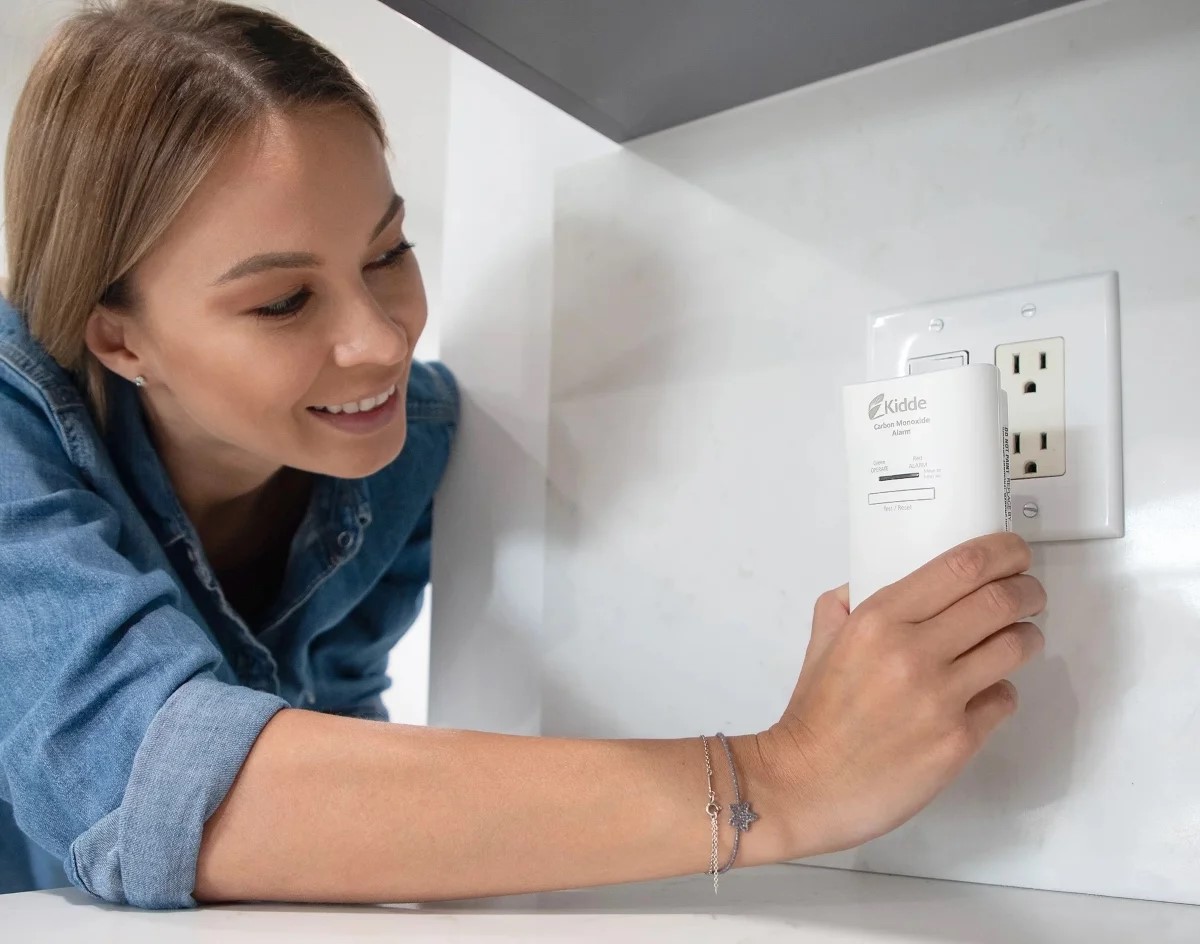
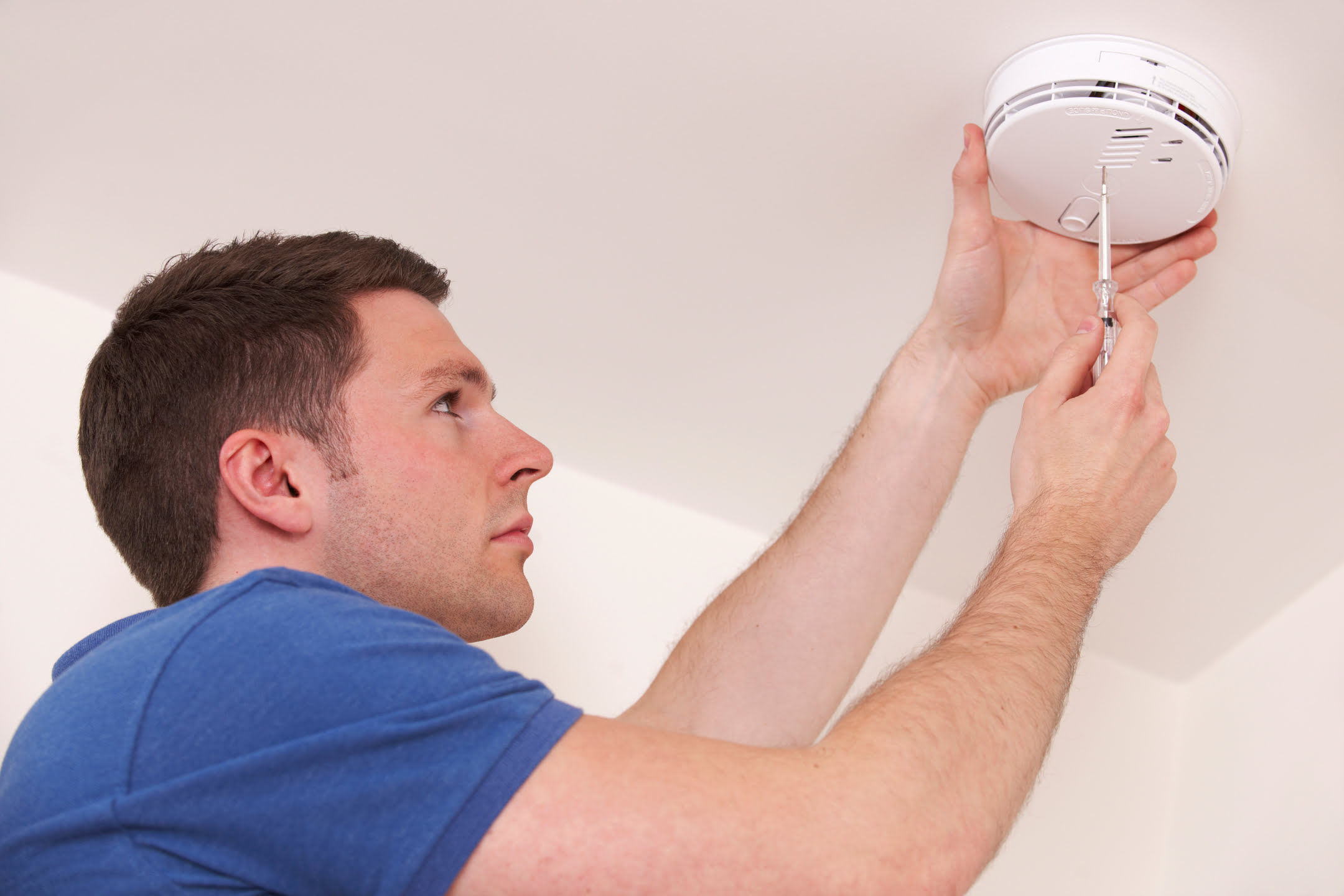
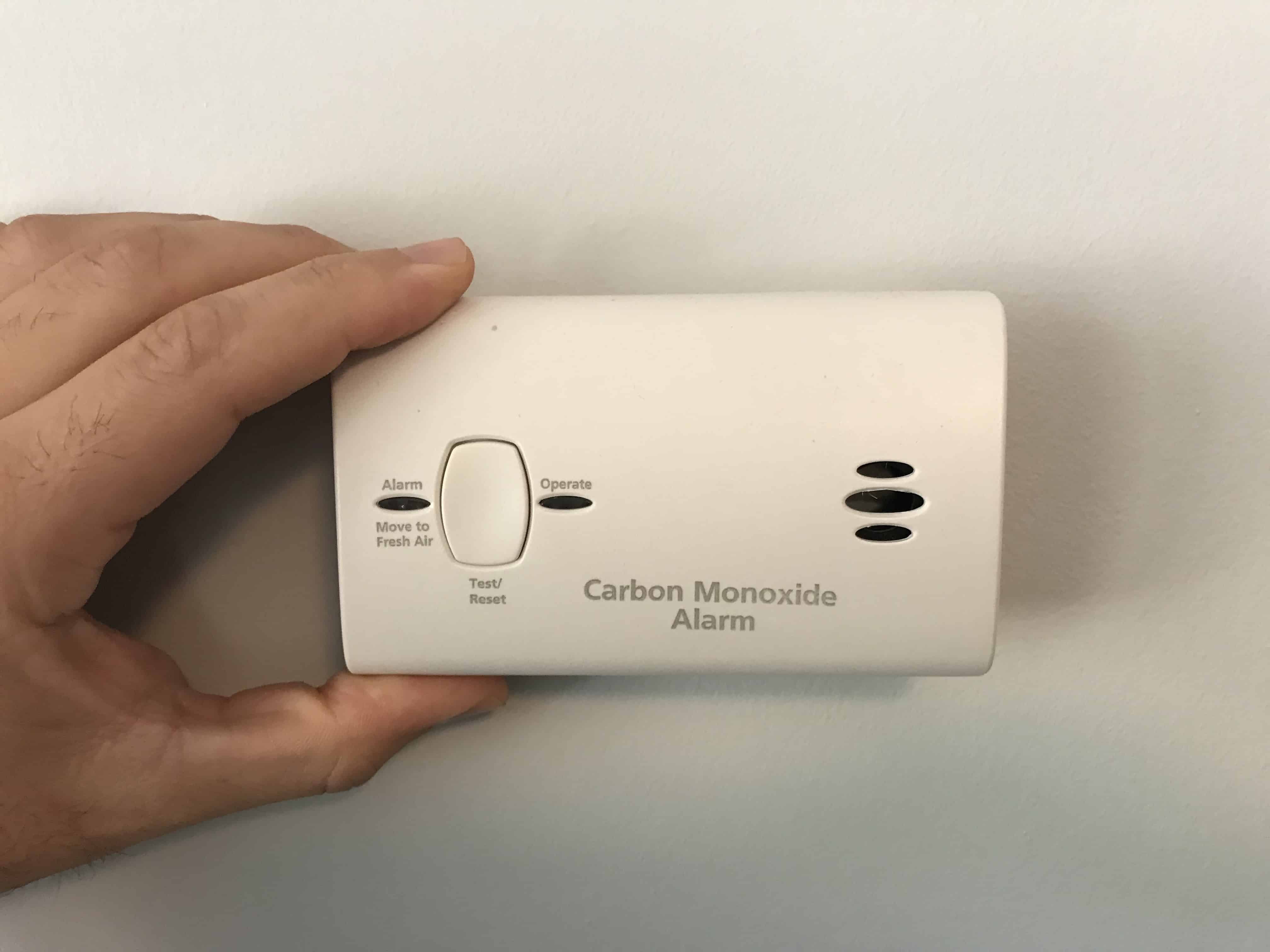
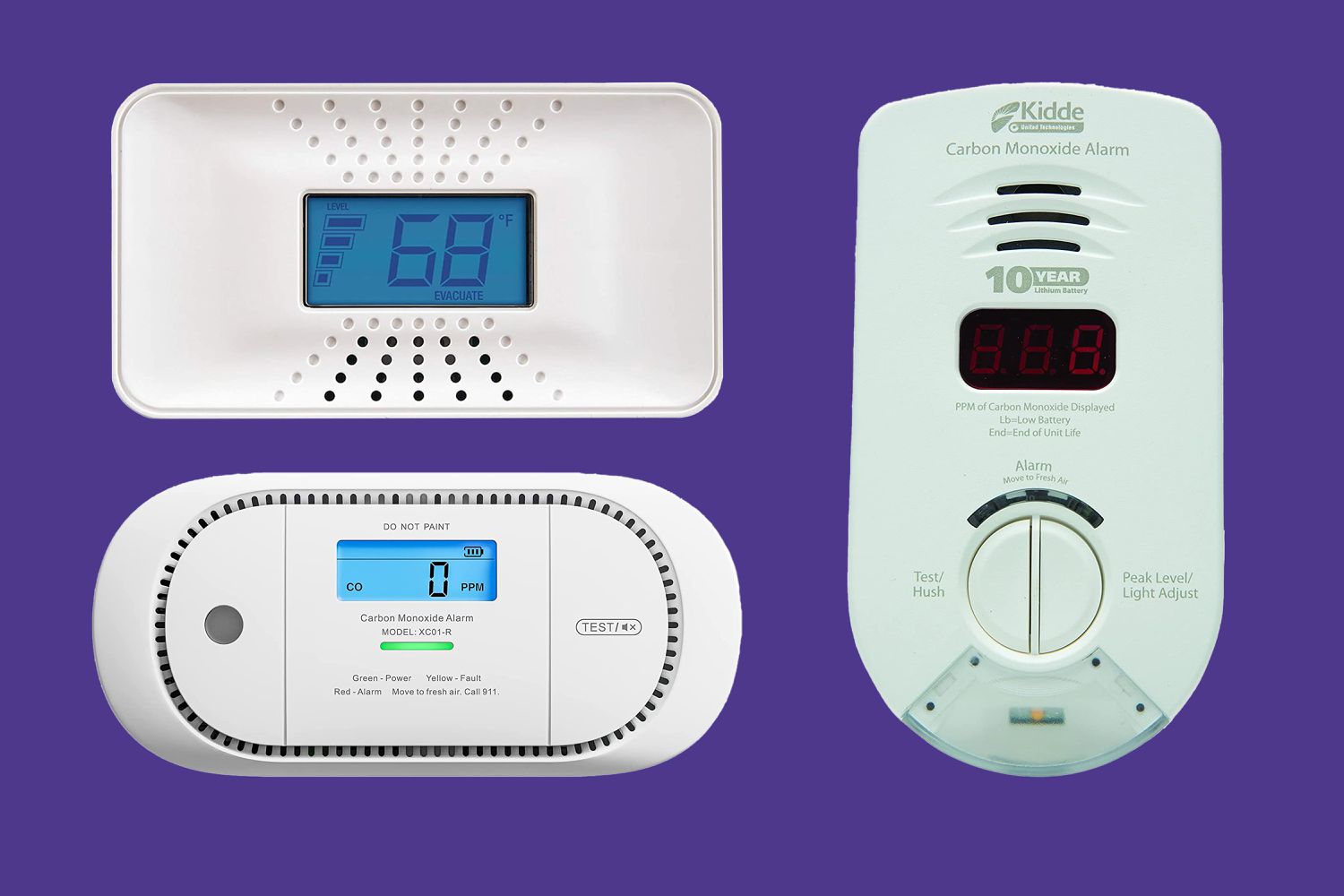
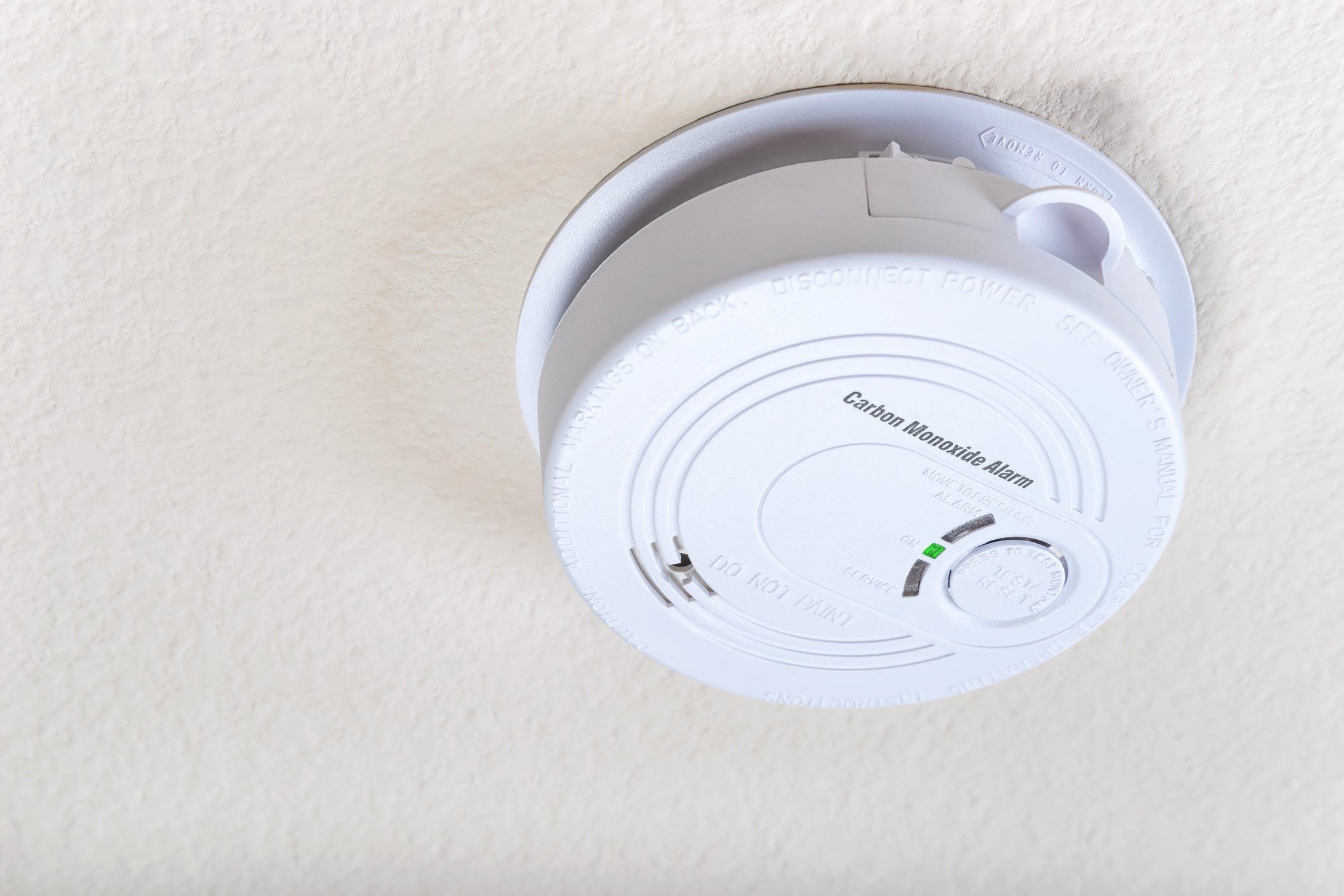
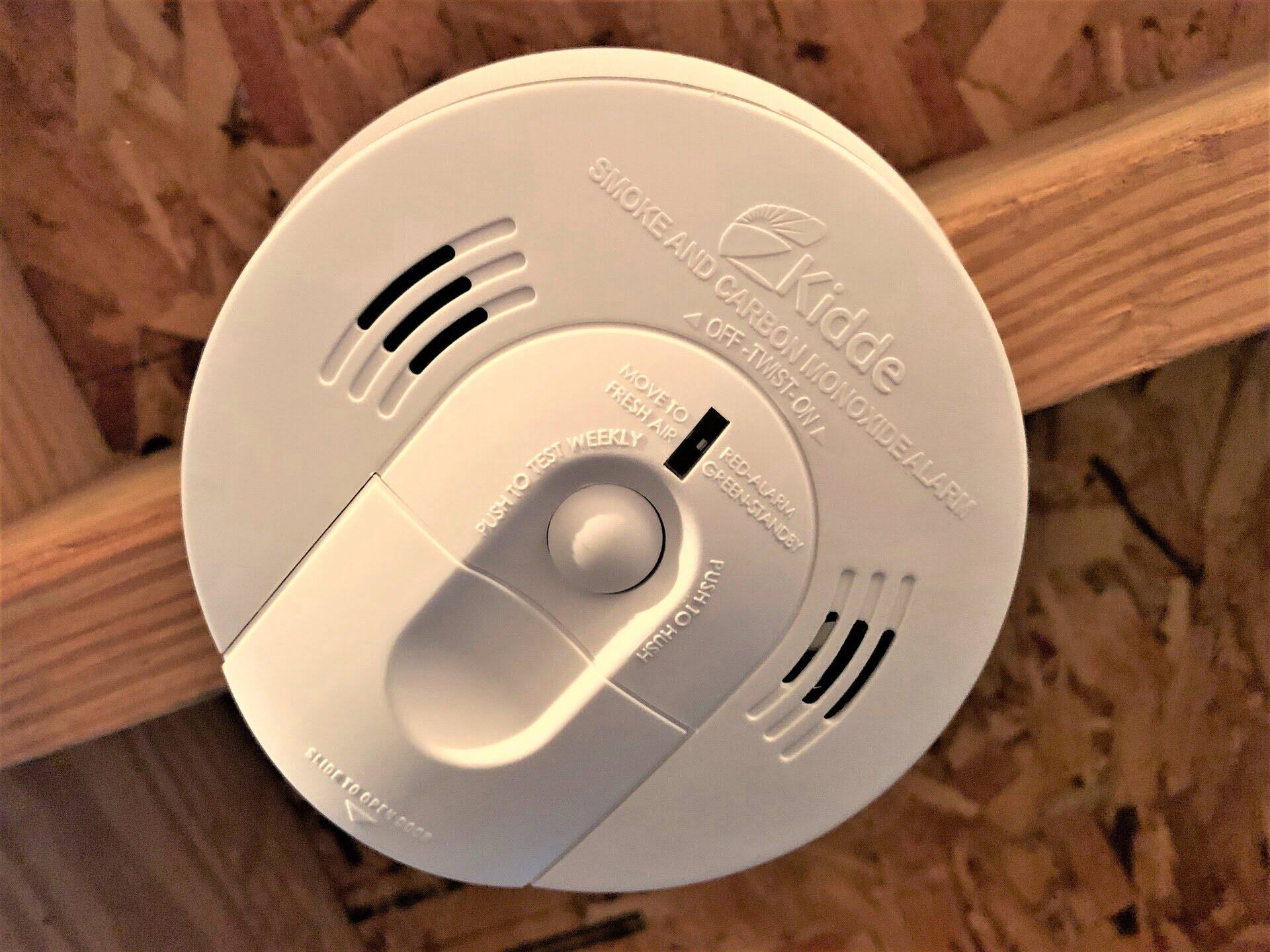
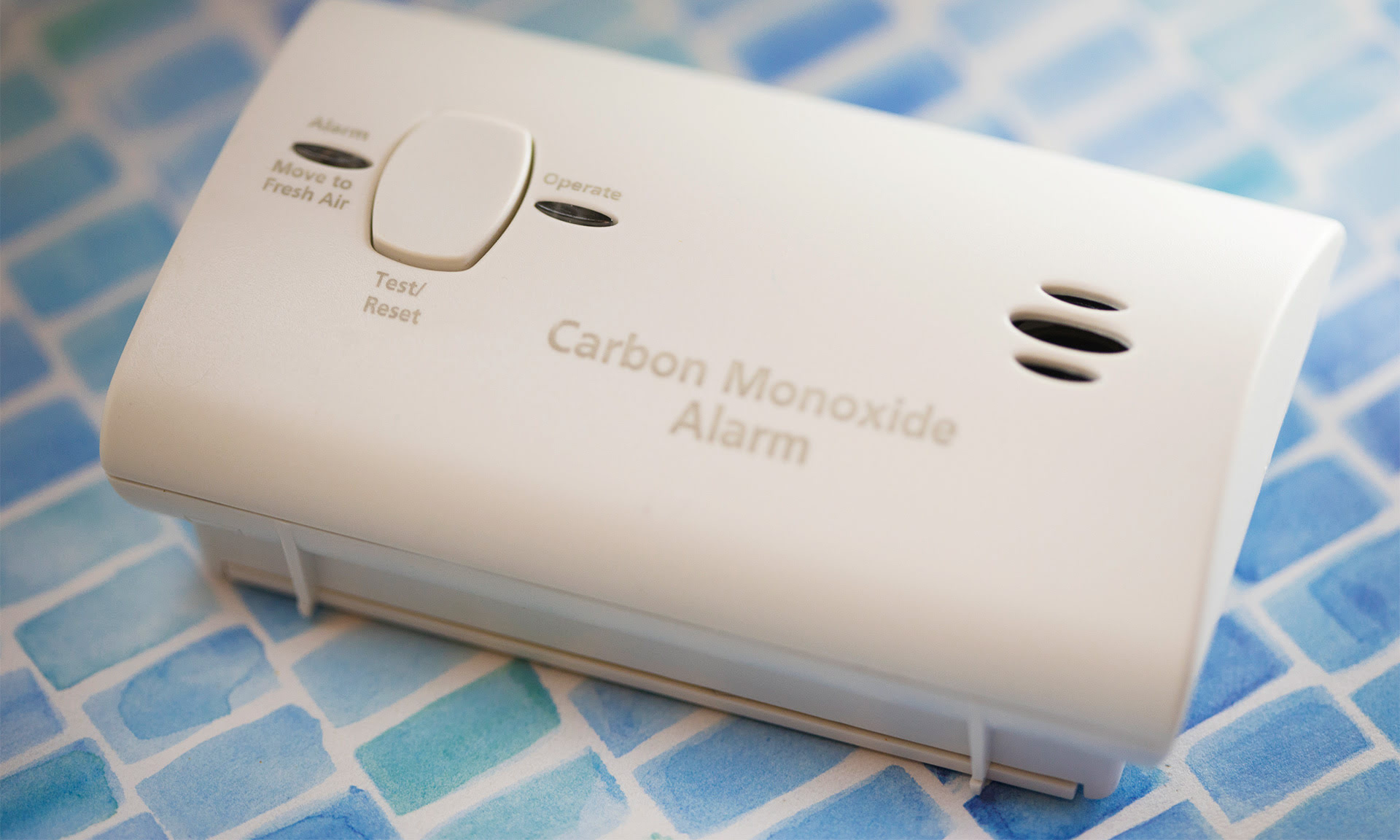
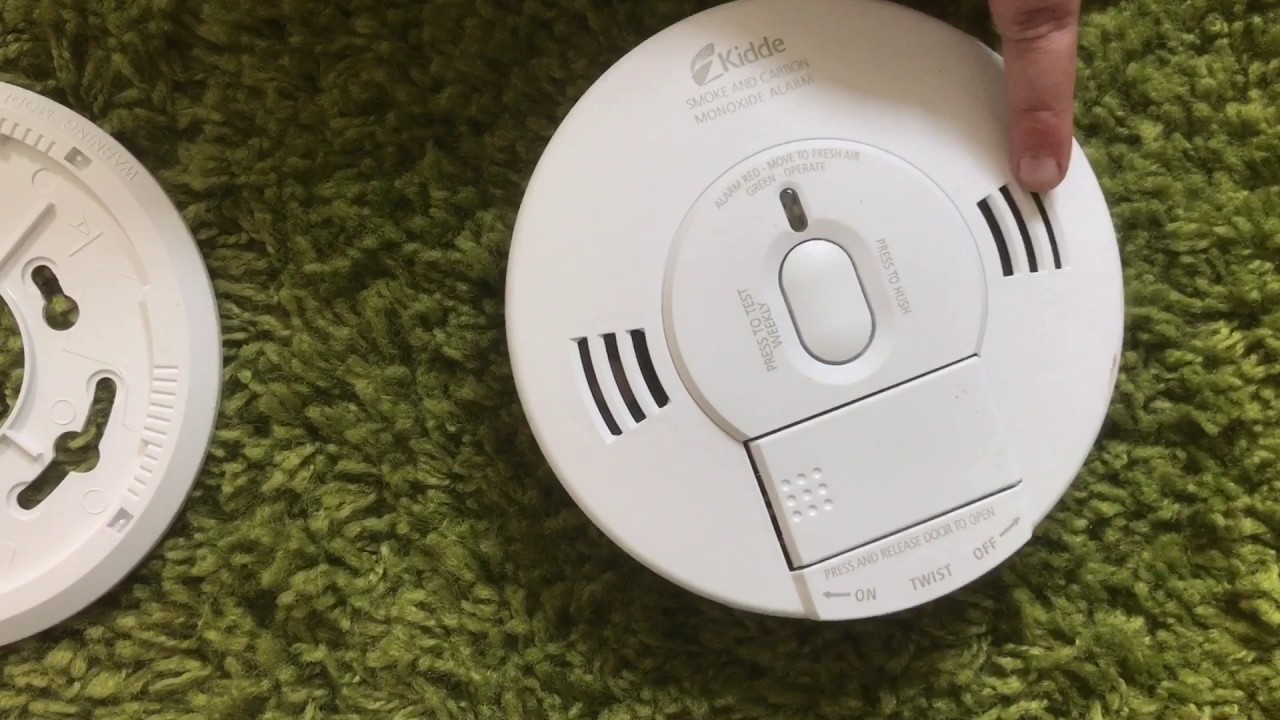
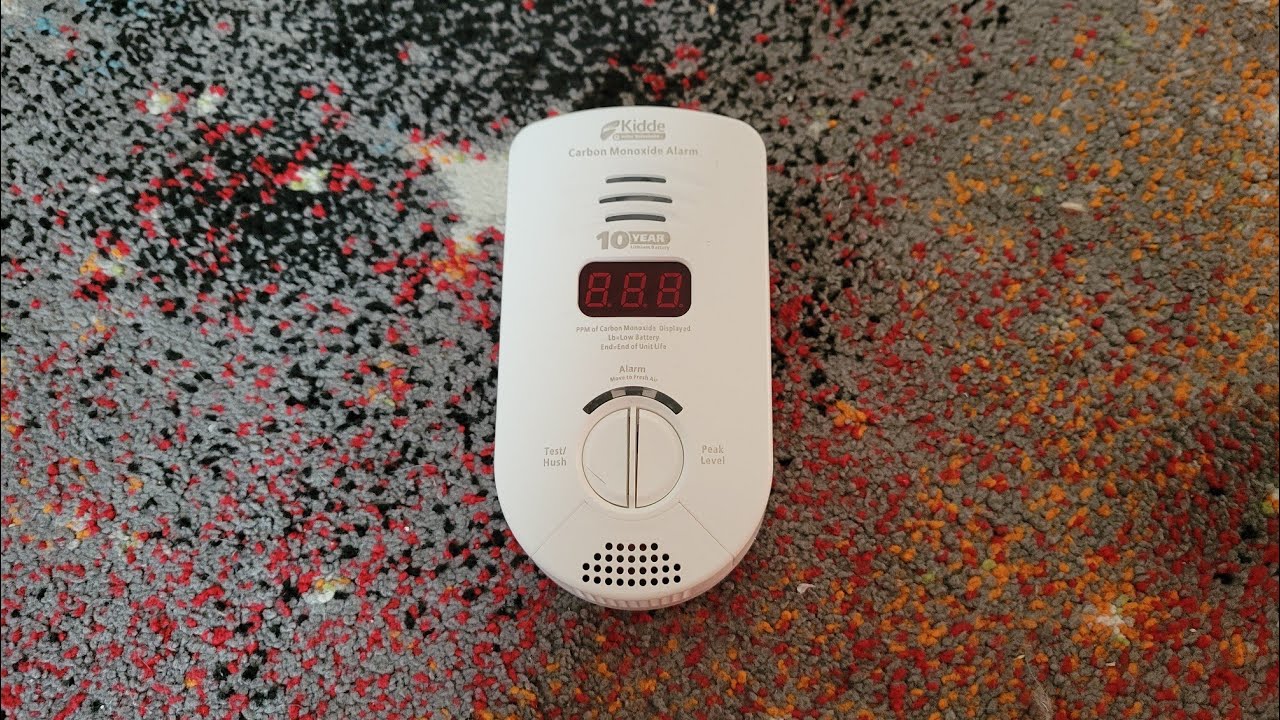
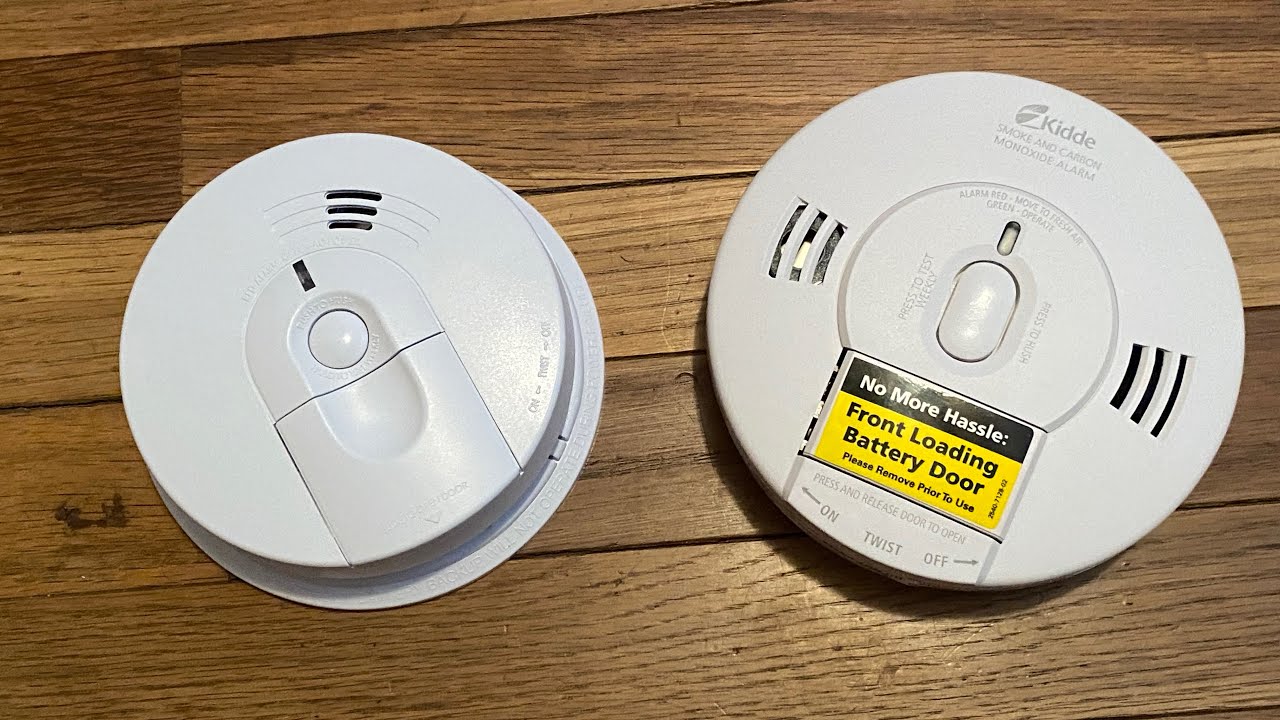
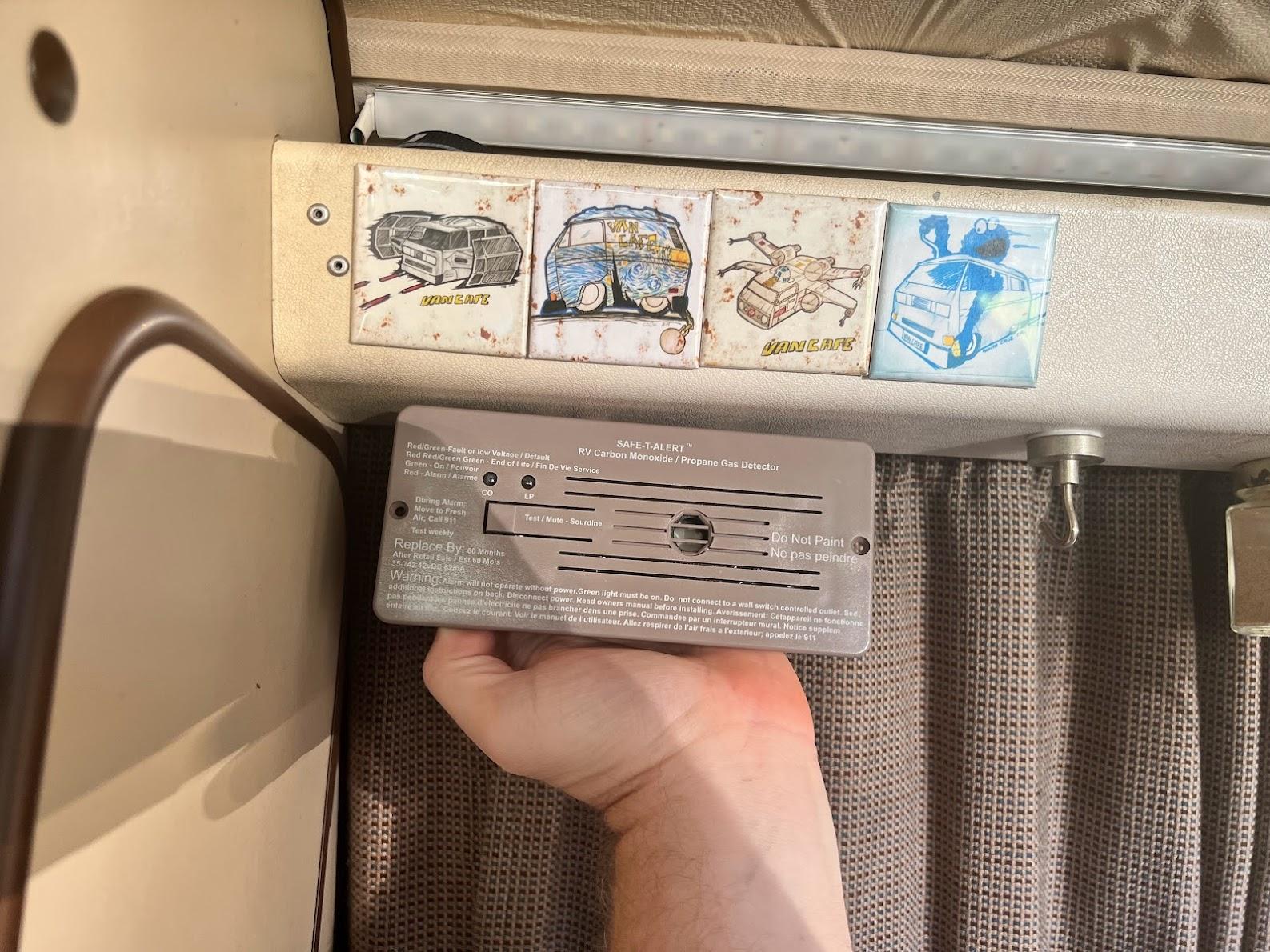
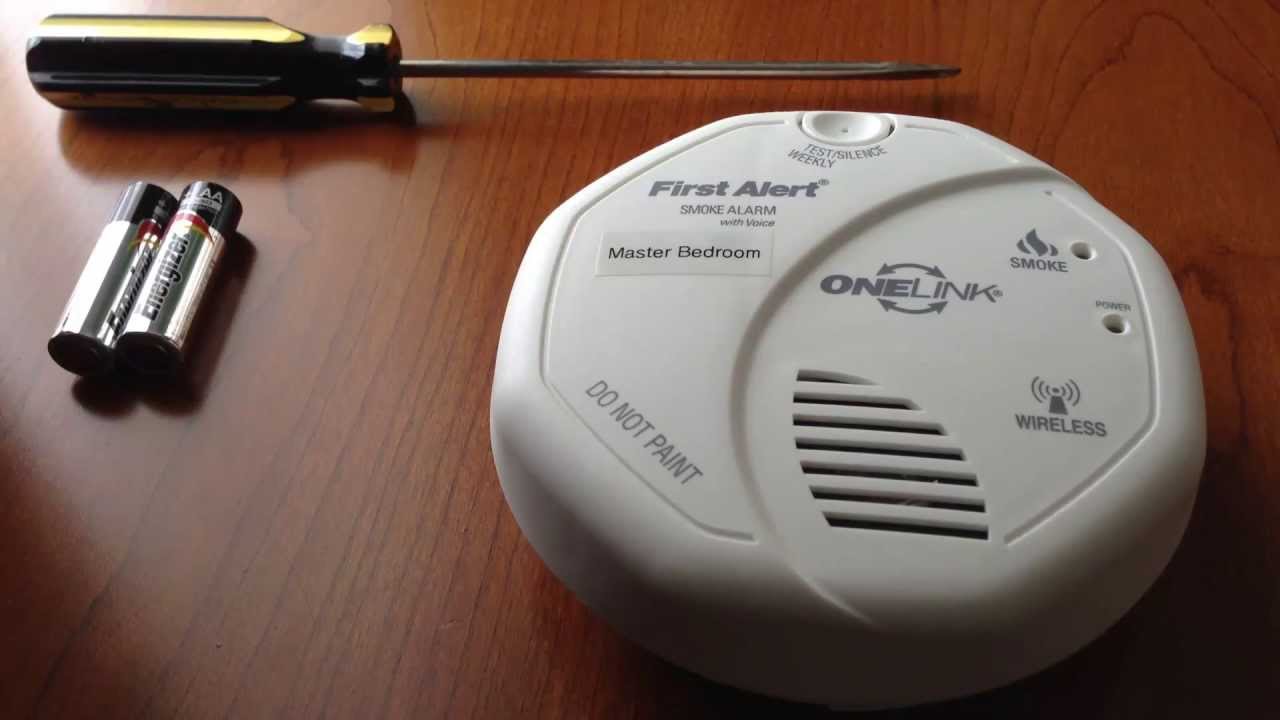
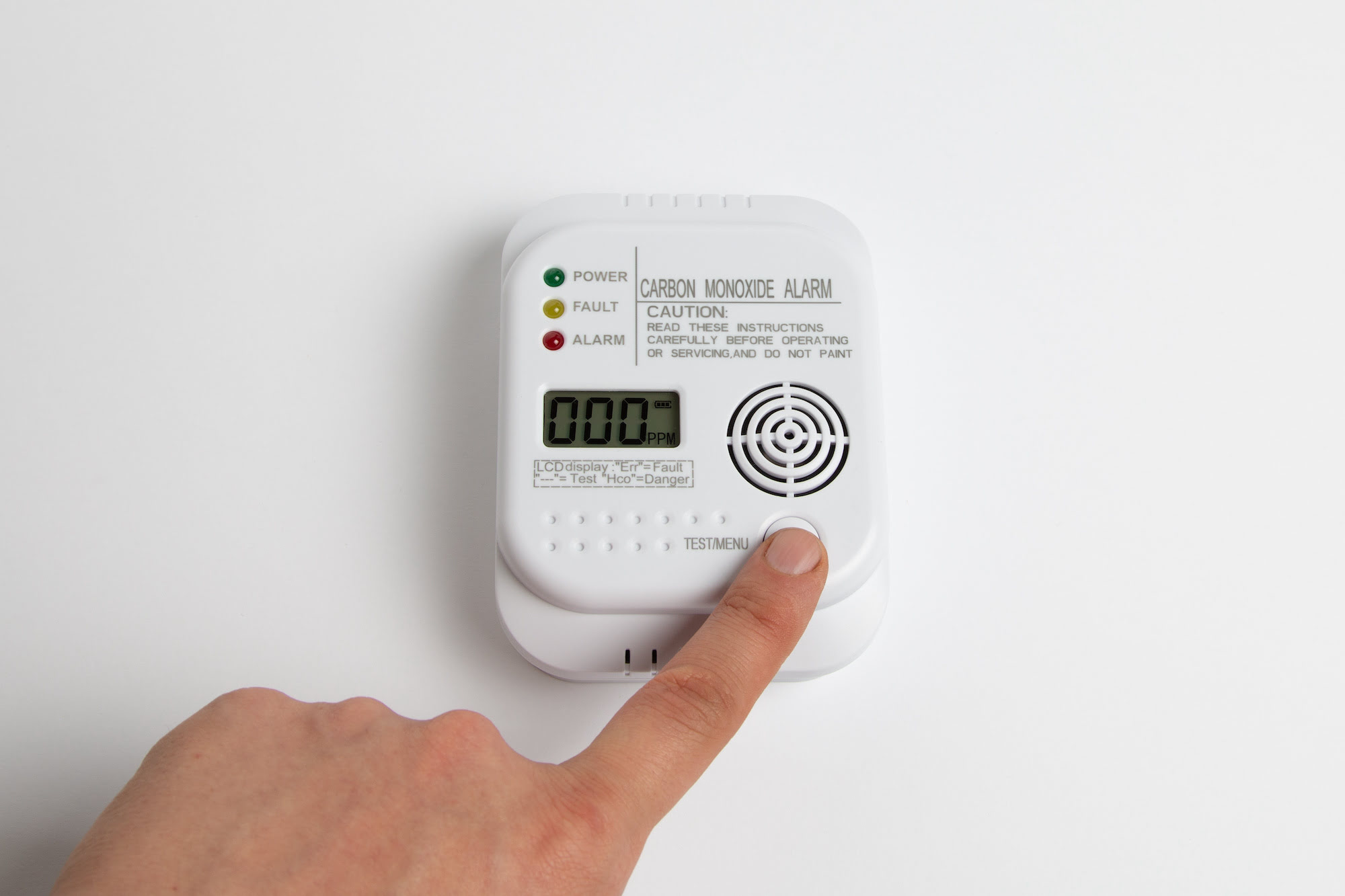

0 thoughts on “How To Get A Free Carbon Monoxide Detector”